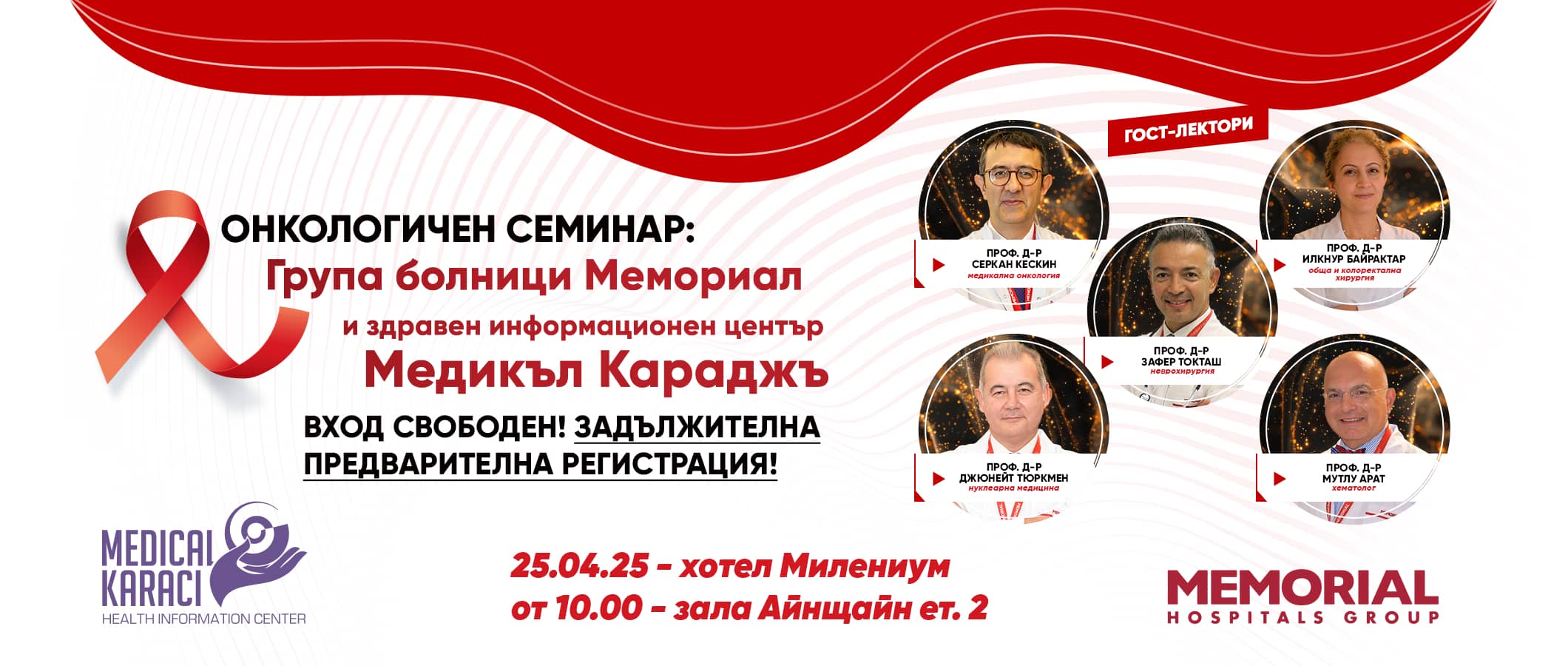When examining the thyroid gland, it is necessary to clarify whether the gland is functioning properly. The doctor will probably tell you to swallow while the examination is in progress, as nodules (malignant or benign nodules) usually move up and down during swallowing.
- Ultrasound- gives the best information about the shape and structure of the nodes. Doctors can use it to assess whether it is a cyst or nodules.
- Fine needle aspiration biopsy- During the procedure, a very thin needle is inserted into the nodule and a sample of cells is taken. The procedure is usually done in your doctor's office, takes about 20 minutes and is done under ultrasound.
- Thyroid scan - During this test, an isotope of radioactive iodine is injected into your vein. A special camera creates an image of your thyroid gland on a computer screen. Nodules that produce excess thyroid hormone - called hot nodules - bulge because they take up more of the isotope than normal tissue. Hot nodules are almost always noncancerous. In some cases, nodules that take up less of the isotope - called cold nodules - are cancerous. However, thyroid scans cannot distinguish between cold nodules that are cancerous and those that are not.
Treatment
Treatment of benign nodules.
-
Therapy with thyroid hormones.
If your thyroid function test finds that not enough hormones are being produced, your doctor may recommend drug therapy.
- Treatment of nodules that cause hyperthyroidism. If the node produces thyroid hormones, resulting in hyperfunction of the gland, your doctor may recommend treatment for hyperthyroidism. This may include:
– Radioactive iodine. Doctors use radioactive iodine to treat hyperthyroidism. Taken as a capsule or in liquid form, radioactive iodine is absorbed by the thyroid gland. This causes the nodules to shrink and the signs and symptoms of hyperthyroidism to subside, usually within two to three months.
– Antithyroid drugs. In some cases, your doctor may recommend an antithyroid medication to reduce the symptoms of hyperthyroidism. Treatment is usually long-term and can have serious side effects on the liver, so it is important to discuss the risks and benefits of treatment.
A benign nodule may sometimes require surgery if it is so large that it makes breathing or swallowing difficult. Doctors may also consider surgery for people with large multinodular goiters, especially when the goiters constrict the airway, esophagus, or blood vessels. Nodules diagnosed as indeterminate or suspicious by biopsy also need surgical removal so they can be examined.
-
Surgery
A common treatment for nodules is surgical removal. In the past, it was standard to remove most of the thyroid tissue, a procedure called thyroidectomy. However, today a more limited surgery to remove only half of the thyroid may be appropriate for some types of nodules. Near-total thyroidectomy may be used depending on the extent of the disease.
Most thyroid nodules are benign and do not need intervention. However, some thyroid nodules are associated with progressive growth and may result in symptoms of compression and cosmetic problems that may require intervention.
-
Thermoablation of thyroid nodules
Radiofrequency ablation (RFA) is a percutaneous treatment that results in thermal tissue necrosis and fibrosis. As a result of this process, the nodules shrink. Clinical trials in Italy and South Korea have demonstrated 50% to 80 % sustained nodule shrinkage after RFA (radiofrequency ablation) of thyroid nodules.
Thermoablation of thyroid nodules (RFA) is done under local anesthesia, under ultrasound guidance. A specific needle is inserted into the nodule with a special device that is specifically designed for this procedure. The needle begins to heat the knot, which begins to shrink until it disappears. The hospital stay is a few hours and the knot shrinkage itself is up to several months, depending on the size.
"RFA (radiofrequency ablation) for the treatment of benign thyroid nodules was first used in December 2013. Thermal ablation is offered to patients with large (≥ 3 cm), mostly solid thyroid nodules that demonstrate growth or cause symptoms of compression and cosmetic problems. A fine-needle aspiration biopsy with ultrasound is performed prior to RFA (radiofrequency ablation) is used to determine the type of nodule - benign. Experience confirms that thermal ablation of thyroid nodules is an effective and safe outpatient treatment. Particularly APr patients with symptomatic or growing benign, large, predominantly solid thyroid nodules. This procedure causes a significant reduction in nodule volume, relieves compression, symptoms and improves aesthetic appearance while preserving normal thyroid function.








